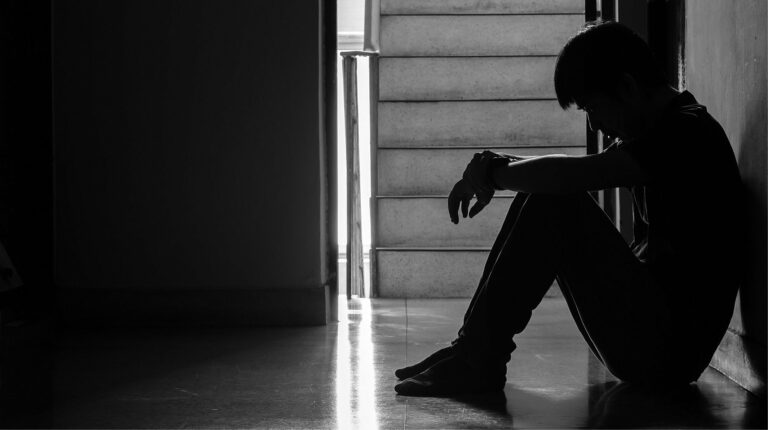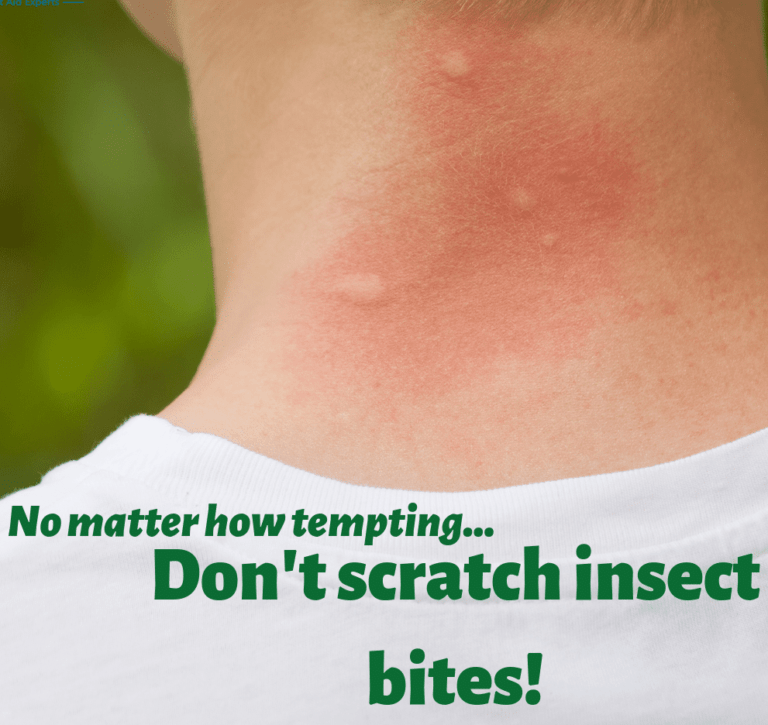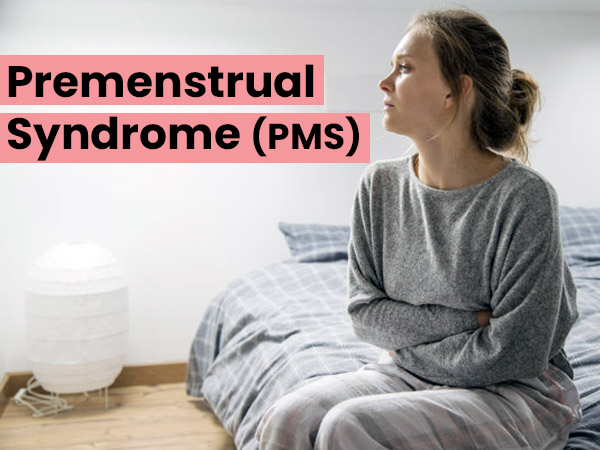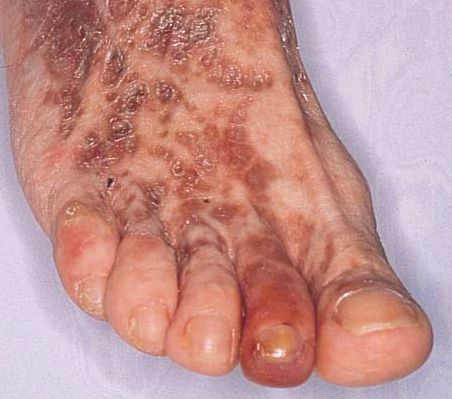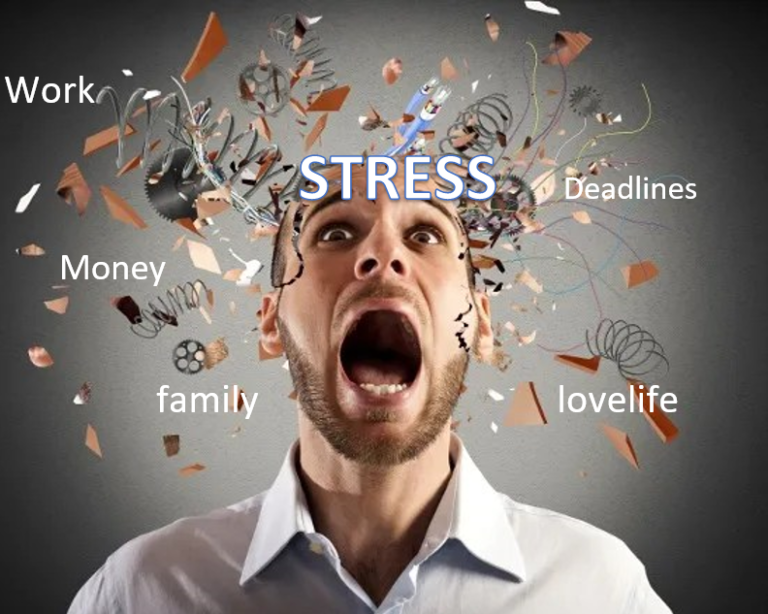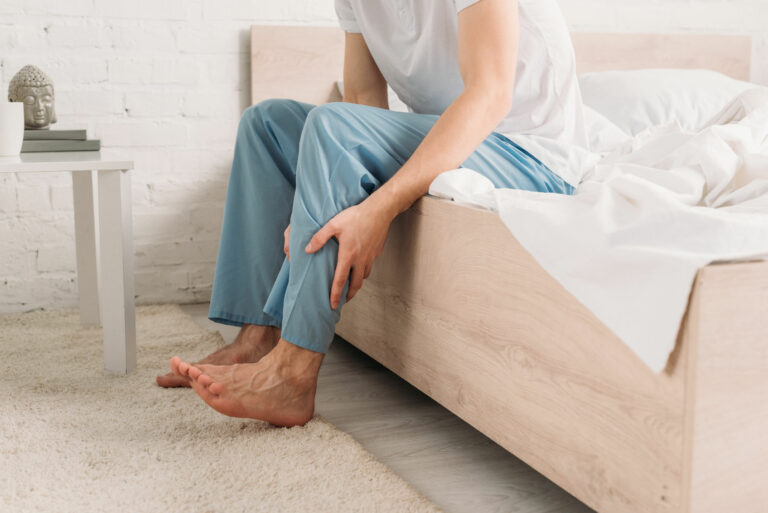Pollen Allergy: Types, Symptoms, and Treatments
Author: Shiela Lupiba
Shiela Lupiba
Category: Health

Pollen is one of the most common seasonal allergy triggers and it is commonly referred to as “hay fever” by many people. Also, it is commonly refers to as “seasonal allergic rhinitis” by experts.
For people who are allergic to pollen, the immune system misidentifies the harmless pollen as a dangerous intruder. It begins to produce chemicals in order to combat pollen. Also, it refers to an allergic reaction, and the pollen that causes it is refers to as an allergen.
TYPES
Below are the types of Pollen Allergy;
- BIRCH POLLEN ALLERGY
During the spring, birch pollen is one of the most common allergens in the air. When the trees bloom, they release tiny pollen grains that are dispersed by the wind. A single birch tree can produce up to 5 million pollen grains per year, with many of them traveling up to 100 yards from the parent tree.
- GRASS POLLEN ALLERGY
During the summer, the grass is the most common source of pollen allergies. It is responsible for some of the most severe and difficult-to-treat symptoms. However, according to the AAAAI reports, allergy shots and tablets can be extremely effective in relieving symptoms of grass pollen allergies.
- RAGWEED POLLEN ALLERGY
Among weed pollens, ragweed plants are the most common cause of allergies. They are most active in the late spring and early fall. However, depending on where you live, ragweed can start spreading pollen as early as the last week of July and last until the middle of October. Its wind-borne pollen can travel hundreds of miles and endure a mild winter.
SYMPTOMS
People with pollen allergies only have symptoms when the pollens they are allergic to are in the air. Symptoms include:
- nasal congestion
- sinus pressure, which may cause facial pain
- runny nose
- itchy, watery eyes
- cough
- swollen, bluish-colored skin beneath the eyes
- decreased sense of taste or smell
- increased asthmatic reactions
- scratchy throat
TREATMENTS
The best way to treat pollen allergy is to avoid allergen however, it is difficult to avoid.
Below are some list to minimize the allergy;
- staying indoors on dry or windy days
- having others take care of any gardening or yard work during peak seasons
- wearing a dust mask when pollen counts are high
- closing doors and windows when pollen counts are high
- antihistamines - either prescribed or over the counter at a pharmacy
- decongestants - either oral or as a nasal spray
- nasal corticosteroid sprays to reduce symptoms in the nose - either prescribed or over the counter at a pharmacy






